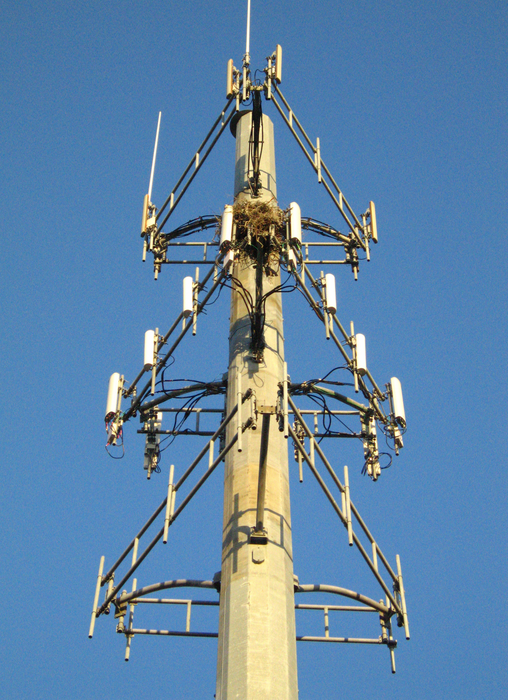
The history of cellular networks is a fascinating journey of technological innovation and societal transformation. From the rudimentary first-generation systems to the sophisticated 5G networks, each generation has significantly impacted how we communicate, work, and live. Today, discussions about 5G Advanced and 6G services promise even greater advancements.
1G: The Birth of Cellular Communication
The story begins in the late 1970s and early 1980s with the advent of the first-generation (1G) cellular networks. These analog systems, typified by the Advanced Mobile Phone System (AMPS) in the United States, were a groundbreaking shift from landline telephony. Despite their rudimentary nature, offering voice calls only and suffering from poor sound quality and security issues, 1G networks laid the foundation for mobile communication.
2G: Digital Revolution
The introduction of second-generation (2G) networks in the early 1990s marked a significant leap forward. 2G networks, such as GSM (Global System for Mobile Communications) and CDMA (Code Division Multiple Access), transitioned from analog to digital. This shift allowed for improved voice quality, enhanced security, and the introduction of text messaging (SMS). The ability to send data over mobile networks, albeit at slow speeds, set the stage for the mobile internet era.
3G: The Dawn of Mobile Internet
Third-generation (3G) networks, launched in the early 2000s, were designed to support more extensive data transmission, enabling mobile internet access. Technologies like UMTS (Universal Mobile Telecommunications System) and EV-DO (Evolution-Data Optimized) provided faster data rates, making mobile browsing, video calling, and streaming possible. 3G networks transformed mobile phones into multifunctional devices, paving the way for the smartphone revolution.
4G: Broadband in Your Pocket
Fourth-generation (4G) networks, introduced in the late 2000s, represented another significant advancement, delivering broadband speeds to mobile devices. LTE (Long-Term Evolution) became the standard for 4G, offering download speeds up to 100 Mbps and beyond. This leap enabled high-definition video streaming, advanced gaming, and real-time applications, effectively making mobile networks as powerful as home broadband. The widespread adoption of 4G networks accelerated the development of mobile apps and services, fostering the growth of the digital economy.
5G: The Era of Hyperconnectivity
The deployment of fifth-generation (5G) networks, which began around 2019, has been heralded as a new era of hyperconnectivity. 5G networks promise unprecedented speeds (up to 10 Gbps), ultra-low latency (as low as 1 millisecond), and the capacity to connect billions of devices simultaneously. These capabilities are not just about faster internet for smartphones; they are fundamental to enabling the Internet of Things (IoT), smart cities, autonomous vehicles, and advanced industrial automation. 5G is set to revolutionize numerous sectors, from healthcare and transportation to entertainment and manufacturing.
Looking Ahead: 5G Advanced and 6G
While 5G is still being rolled out globally, the tech industry is already looking ahead to 5G Advanced and 6G. 5G Advanced aims to enhance current 5G capabilities, focusing on improvements in coverage, energy efficiency, and network reliability. These advancements are expected to support more complex applications, such as real-time holographic communication and more sophisticated IoT systems.
6G is envisioned to be the next frontier, potentially arriving by the end of the decade. Early discussions suggest that 6G will offer even higher speeds (up to 100 Gbps), near-instantaneous communication, and pervasive connectivity. It could enable revolutionary applications like immersive extended reality (XR), advanced AI-driven networks, and ubiquitous sensing, fundamentally transforming industries and daily life.
The evolution from 1G to 5G has been a journey of relentless innovation, each generation building on its predecessor to offer greater speed, reliability, and connectivity. As we stand on the brink of 5G Advanced and 6G, the future of cellular networks promises to be even more transformative. These advancements will not only enhance our digital experiences but also drive societal progress, fostering new technologies and applications that will reshape our world in ways we are just beginning to imagine.

